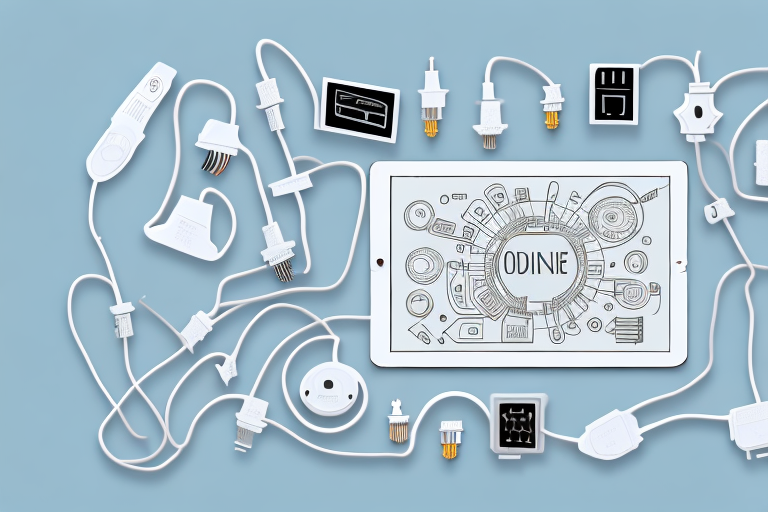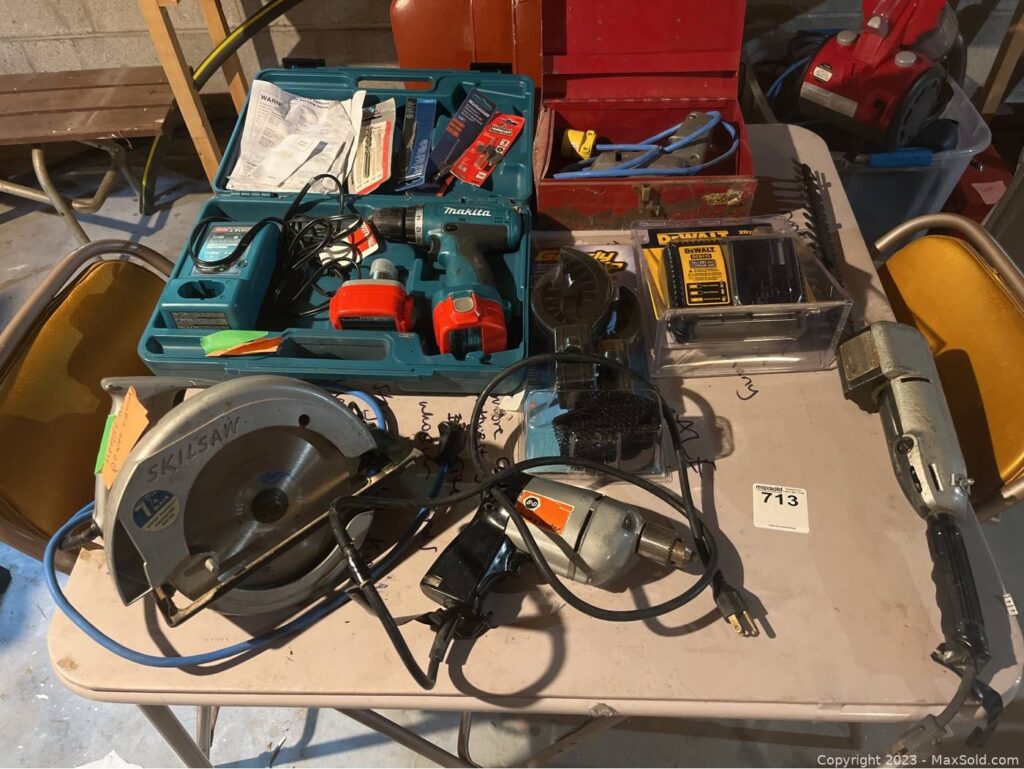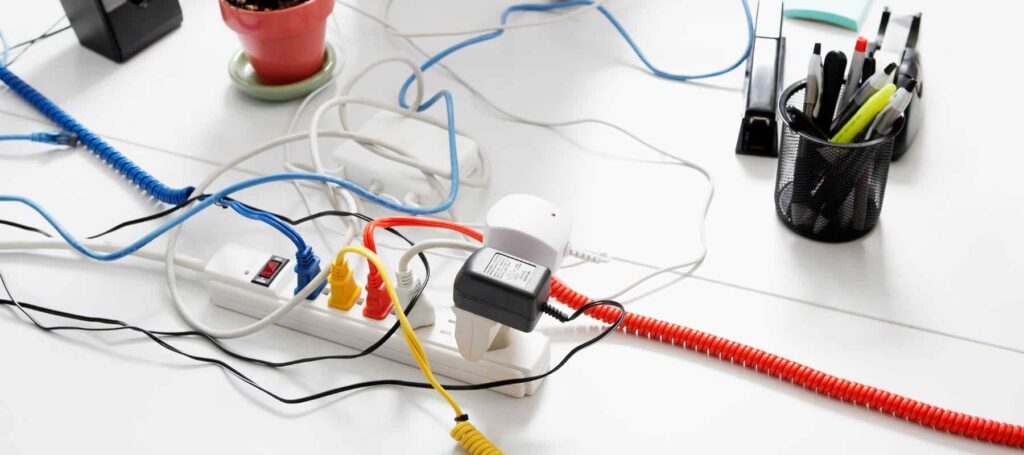In the face of growing concerns about climate change and rising energy costs, the demand for sustainable electrical supplies has surged. Today, more than ever, individuals and organizations are seeking ways to reduce their environmental impact and promote energy efficiency. This article provides a comprehensive overview of sustainable electrical supplies, exploring their definition, importance, types, benefits, and the challenges involved in their implementation.
Understanding Sustainable Electrical Supplies
Welcome to the world of sustainable electrical supplies! In this article, we will explore the definition, importance, shop electrical products and role of sustainable electrical supplies in promoting a greener and more sustainable energy future.
Definition and Importance of Sustainable Electrical Supplies
Sustainable electrical supplies refer to equipment, appliances, and systems that are designed to minimize negative environmental impacts and promote energy efficiency throughout their lifecycle. These supplies go beyond just providing electricity; they are crucial for achieving sustainable development goals, including reduced greenhouse gas emissions and conservation of natural resources.
Imagine a world where every electrical device you use is designed with the environment in mind. From energy-efficient light bulbs to smart home systems, sustainable electrical supplies are paving the way for a more sustainable future. By embracing these supplies, we can contribute to a cleaner and healthier planet for future generations. Learn more about inspecting and maintaining conduit fittings.

The Role of Sustainable Electrical Supplies in Energy Conservation
Energy conservation is a pressing issue in today’s world, and sustainable electrical supplies play a vital role in addressing this challenge. These supplies are specifically designed to consume less electricity compared to conventional counterparts, resulting in lower energy bills and reduced carbon emissions.
Let’s take a closer look at some examples of sustainable electrical supplies that are making a difference:
- Renewable Energy Sources: Sustainable electrical supplies harness the power of renewable energy sources such as solar, wind, and hydroelectric power. By utilizing these clean and abundant sources, we can reduce our dependence on fossil fuels and decrease harmful greenhouse gas emissions.
- Energy-Efficient Appliances: From refrigerators to air conditioners, sustainable electrical supplies include a wide range of energy-efficient appliances. These appliances are designed to minimize energy wastage and maximize performance, resulting in significant energy savings over time.
- Smart Grid Systems: Sustainable electrical supplies are also integrated with smart grid systems, which enable efficient energy distribution and management. These systems use advanced technologies to optimize energy usage, detect faults, and reduce power outages, ultimately leading to a more reliable and sustainable electrical grid.
By incorporating these sustainable electrical supplies into our daily lives, we can contribute to a more sustainable energy consumption pattern and help mitigate the impacts of climate change. Not only do they benefit the environment, but they also provide long-term cost savings and improved energy reliability.
In conclusion, sustainable electrical supplies are not just a trend; they are a necessity for a brighter and greener future. By understanding their definition, importance, and role in energy conservation, we can make informed choices and actively contribute to a more sustainable world.
Types of Sustainable Electrical Supplies
Sustainable electrical supplies play a crucial role in reducing our carbon footprint and promoting a greener future. There are various types of sustainable electrical supplies available, each contributing to a more sustainable and environmentally friendly energy system.
Renewable Energy Sources
Renewable energy sources are a cornerstone of sustainable electrical supplies. These sources include:
- Solar Power: Solar panels harness the power of the sun to generate electricity. They convert sunlight into usable energy, reducing the reliance on fossil fuels and minimizing greenhouse gas emissions.
- Wind Power: Wind turbines capture the kinetic energy of the wind and convert it into electricity. With advancements in technology, wind power has become a cost-effective and reliable source of sustainable energy.
- Hydropower: Hydropower utilizes the energy of flowing or falling water to generate electricity. It is a clean and renewable energy source that has been used for centuries.
- Geothermal Energy: Geothermal energy taps into the Earth’s natural heat to produce electricity. It involves harnessing the heat from underground hot springs or geothermal reservoirs.
- Biomass Energy: Biomass energy utilizes organic materials, such as agricultural waste and wood pellets, to generate heat and electricity. It is a renewable energy source that helps reduce reliance on fossil fuels.
These renewable energy sources not only provide a sustainable and clean energy supply but also contribute to job creation and energy independence.
Energy Efficient Appliances
Energy-efficient appliances are another important component of sustainable electrical supplies. These appliances are designed to consume less electricity while maintaining their functionality. They incorporate advanced technologies and features such as:
- Energy-saving modes: Appliances with energy-saving modes automatically adjust their power consumption based on usage patterns, reducing energy waste.
- Intelligent power management systems: These systems optimize the energy usage of appliances by intelligently distributing power and minimizing standby power consumption.
- Improved insulation: Appliances with improved insulation retain heat or cold more effectively, reducing the need for excessive energy consumption.
Energy-efficient refrigerators, air conditioners, lighting fixtures, and televisions are just a few examples of sustainable electrical supplies that help reduce energy consumption and lower utility bills. By investing in energy-efficient appliances, individuals and businesses can make a significant impact on energy conservation and sustainability.

Smart Grid Systems
Smart grid systems are revolutionizing the way electricity is generated, transmitted, and consumed. These systems combine advanced communication, automation, and data analytics technologies to optimize the efficiency of the electrical grid. They promote the integration of sustainable electrical supplies and facilitate efficient energy management at both the consumer and utility levels.
Smart grid systems incorporate various sustainable electrical supply technologies, including:
- Renewable Energy Sources Integration: Smart grids enable the seamless integration of renewable energy sources into the electrical grid. They allow for the efficient distribution and utilization of solar, wind, and other renewable energy-generated electricity.
- Energy Storage Systems: Smart grids facilitate the integration of energy storage systems, such as batteries, into the electrical grid. These storage systems help balance the supply and demand of electricity, ensuring a stable and reliable energy supply.
- Demand-Response Mechanisms: Smart grids enable demand-response mechanisms, allowing consumers to adjust their electricity usage based on real-time pricing and grid conditions. This promotes energy conservation and reduces peak demand, leading to a more sustainable and efficient electrical system.
By leveraging smart grid systems, utilities can optimize their operations, reduce transmission losses, and enhance grid reliability. Consumers, on the other hand, can actively participate in energy management, make informed decisions about their electricity usage, and contribute to a more sustainable energy future.
Benefits of Sustainable Electrical Supplies
Sustainable electrical supplies offer numerous benefits that extend beyond their immediate functionality. From environmental impact to economic advantages and social benefits, the adoption of sustainable electrical supplies has far-reaching positive effects.
Environmental Impact
The adoption of sustainable electrical supplies results in significant environmental benefits. By reducing reliance on fossil fuels and utilizing renewable energy sources, sustainable electrical supplies contribute to a substantial reduction in greenhouse gas emissions. This reduction plays a crucial role in combating climate change and mitigating its adverse effects on the planet.
Furthermore, sustainable electrical supplies are designed with energy efficiency in mind. They are equipped with advanced technologies that minimize energy wastage, conserving natural resources and reducing the overall environmental degradation associated with energy production and consumption.
Economic Advantages
Sustainable electrical supplies offer various economic advantages. Firstly, they can lead to considerable cost savings through reduced energy consumption. Energy-efficient appliances and systems lower electricity bills, offering financial relief to individuals and businesses alike. This reduction in energy expenditure allows for more efficient allocation of resources, enabling individuals and businesses to invest in other areas of their operations or personal lives.
Moreover, the growing demand for sustainable electrical supplies creates job opportunities within the renewable energy industry. The installation, maintenance, and manufacturing of sustainable electrical supplies require skilled workers, stimulating economic growth and fostering innovation. This job creation not only benefits the individuals employed but also has a positive ripple effect on the overall economy.

Social Benefits
Sustainable electrical supplies have positive social impacts as well. By reducing air pollution and improving air quality, they contribute to public health and well-being. The harmful emissions generated by traditional energy sources, such as coal-fired power plants, have detrimental effects on respiratory health and can lead to various respiratory diseases. The adoption of sustainable electrical supplies helps alleviate these health risks, particularly in densely populated areas.
Access to reliable and affordable electricity is crucial for education, healthcare, and economic development, particularly in rural and underprivileged communities. Sustainable electrical supplies help bridge the energy access gap, enabling communities to thrive and improving their quality of life. With access to electricity, students can study after sunset, healthcare facilities can operate efficiently, and small businesses can flourish, contributing to overall community development.
In conclusion, the benefits of sustainable electrical supplies extend beyond their immediate functionality. They have a positive impact on the environment, economy, and society as a whole. By reducing greenhouse gas emissions, conserving natural resources, creating job opportunities, and improving public health, sustainable electrical supplies play a vital role in building a sustainable and prosperous future.
Challenges in Implementing Sustainable Electrical Supplies
Sustainable electrical supplies play a crucial role in transitioning towards a greener and more sustainable future. However, their widespread adoption faces several challenges that need to be addressed. These challenges range from technological barriers to policy and regulatory hurdles, as well as economic and financial constraints.
Technological Barriers
One of the primary challenges in implementing sustainable electrical supplies is the need for continuous improvement in renewable energy technologies. While renewable energy sources like solar and wind power have made significant advancements, there is still room for improvement in terms of efficiency, cost-effectiveness, and scalability. For sustainable electrical supplies to become a mainstream solution, it is essential to invest in research and development to enhance energy storage capabilities, improve grid integration, and optimize power electronics. These technological advancements are crucial to ensure the reliable and stable functioning of sustainable electrical supplies.
Policy and Regulatory Hurdles
Another significant challenge lies in the realm of policies and regulations. Governments play a vital role in fostering the adoption of sustainable electrical supplies by establishing supportive frameworks. These frameworks should encourage renewable energy investments, promote energy efficiency, and facilitate grid modernization. However, the development and implementation of such policies can be complex and time-consuming. Streamlining regulations, providing financial incentives, and promoting public awareness are crucial steps towards overcoming policy and regulatory hurdles. By creating an enabling environment, governments can incentivize businesses and individuals to embrace sustainable electrical supplies.
Economic and Financial Challenges
One of the most common challenges faced in implementing sustainable electrical supplies is the economic and financial aspect. The initial investment costs associated with renewable energy systems and energy-efficient appliances can be substantial. However, it is important to note that these costs are offset by long-term energy savings and environmental benefits. To make sustainable electrical supplies more accessible and affordable, advancements in financing mechanisms are necessary. Green bonds, for example, provide a means for investors to finance renewable energy projects, while feed-in tariffs offer incentives for individuals and businesses to generate their own electricity. These financial tools play a vital role in overcoming economic and financial challenges and making sustainable electrical supplies a viable option for a wider audience.
In conclusion, the challenges in implementing sustainable electrical supplies are diverse and multifaceted. However, they can be overcome through collaborative efforts and a comprehensive approach. By addressing technological barriers, establishing supportive policies and regulations, and finding innovative financing mechanisms, we can pave the way for a greener and more sustainable future. Embracing sustainable electrical supplies is not only crucial for mitigating climate change and conserving natural resources but also for fostering economic growth and improving the quality of life for present and future generations.
